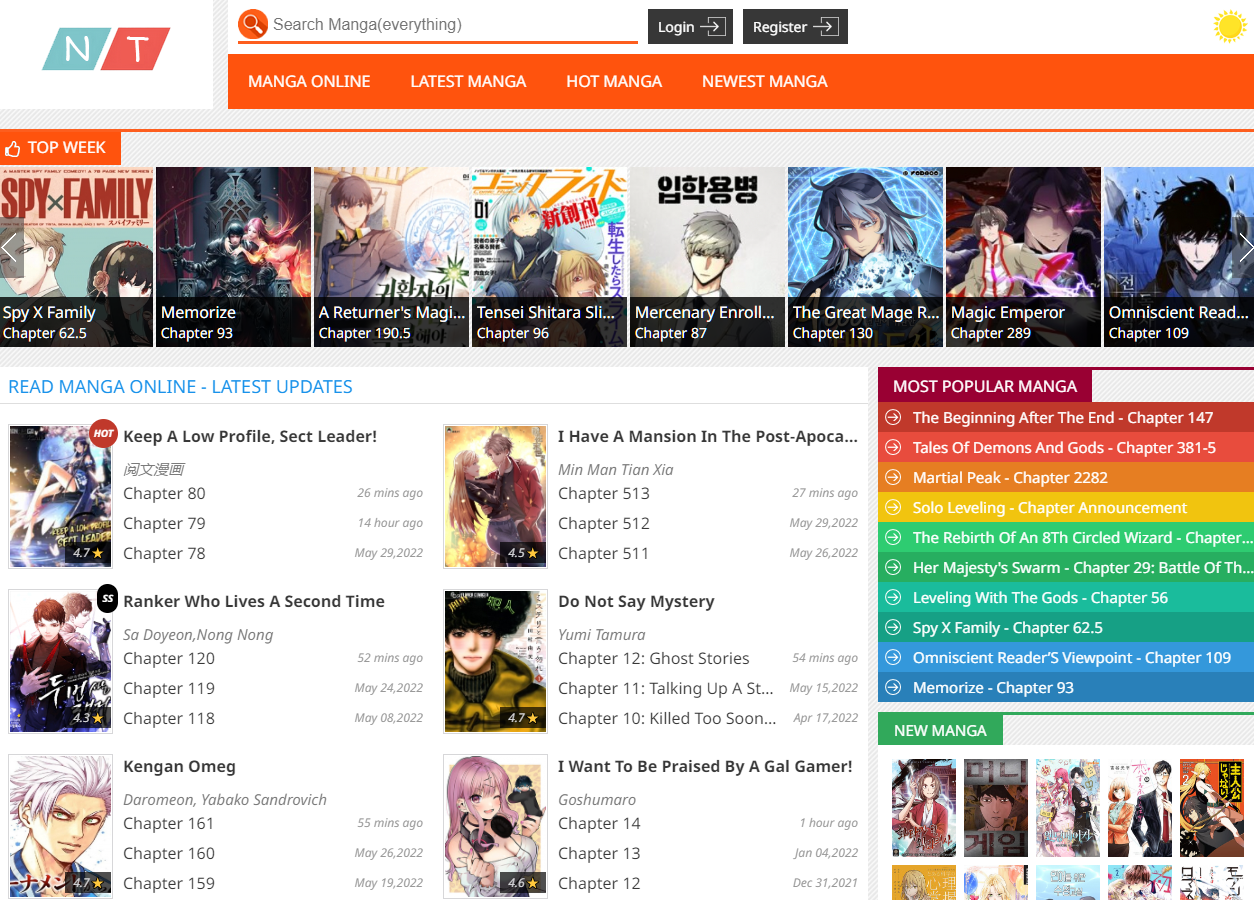🌟 Dịch Vụ Chất Lượng Cao 🌟
✓ 301 Redirect: Chuyển hướng domain an toàn, giữ nguyên giá trị SEO
✓ Guest Post: Đăng bài chất lượng trên các website uy tín
✓ Hỗ trợ tư vấn 24/7
✓ Báo giá cạnh tranh
✓ Thời gian xử lý nhanh chóng
📱 Liên hệ ngay qua Telegram: @subdomaingov
⚡ Hỗ trợ tư vấn miễn phí
Both The Same
₫5.363.143
fun 88 club © Library: Why Readers Keep Coming Back
Product description
reveals that manga is more than just a form of entertainment; it is a multifaceted medium that transcends boundaries and unites readers across cultures. Through its rich history, diverse genres, compelling narratives, and engaging characters, manga has carved a unique niche in the world of literature and art. Whether you're a long-time fan or new to the genre, the exploration of manga offers endless opportunities for discovery and appreciation. As we continue to delve into the enchanting universe of manga, we uncover the profound impact it has on both individual lives and society as a whole, making it a truly remarkable form of expression.
Read Full: bibimanga
Delving into the Manga Summary Steady Study - A Comprehensive Exploration
Manga summary Steady Study provides a concise yet rich insight into the world of manga, specifically focusing on the themes and narratives that shape this unique art form. As we unravel the intricacies of manga, we will explore its significance, artistic styles, cultural relevance, and much more. This exploration aims to engage not only avid manga readers but also those who are just venturing into this fascinating medium.
The Artistic World of Manga
The beauty of manga lies in its diverse artistic expressions. Unlike traditional comics, manga employs a unique blend of visual narrative and storytelling techniques, which captivates readers around the globe.
Historical Context of Manga
Manga's roots can be traced back to ancient Japan, where it evolved through various art forms over centuries. Initially, picture books called "emaki" conveyed stories using images.
As time progressed, these early forms of storytelling transformed into illustrated narratives during the Edo period. This historical journey laid the groundwork for what we recognize today as modern manga.
The post-World War II era marked a pivotal moment in manga's evolution. Artists like Osamu Tezuka revolutionized the medium with his cinematic approach to storytelling, giving birth to genres that appealed to both children and adults alike. His iconic work, "Astro Boy," not only popularized manga but also established a blueprint for future artists.
Diverse Genres and Styles
Manga encompasses a vast array of genres, ranging from action-adventure and romance to horror and fantasy. Each genre possesses its own distinctive style, contributing to the medium's richness.
Shonen manga, aimed primarily at young males, often features action-packed plots and character development. Series like "Naruto" and "One Piece" embody this genre's essence with their engaging storylines and dynamic artwork.
In contrast, Shojo manga focuses on romance and interpersonal relationships, appealing to a younger female demographic. Titles like "Sailor Moon" and "Fruits Basket" are celebrated for their emotional depth and intricate character arcs.
Moreover, Seinen and Josei manga cater to adult audiences, exploring more mature themes such as societal issues and complex emotions. These genres showcase the versatility of manga, making it an inclusive medium for all age groups.
Cultural Significance of Manga
Manga plays a significant role in Japanese culture, influencing various aspects of society. It serves as both entertainment and art, often reflecting social norms, trends, and challenges.
Through its narratives, manga addresses critical themes such as identity, friendship, and resilience. For instance, many stories depict characters overcoming adversity, promoting a sense of hope among readers.
Additionally, manga has transcended borders, gaining popularity worldwide. Its impact on pop culture is evident in anime adaptations, merchandise, and even international conventions celebrating manga and anime fandom.
The Narrative Techniques of Manga
Understanding the storytelling methods employed in manga enriches the reading experience. Manga creators utilize a range of techniques that enhance both plot development and character exploration.
Visual Storytelling and Panel Arrangement
One of the most captivating aspects of manga is its visual storytelling. Artists use panel arrangements to create dynamic pacing, conveying action and emotion effectively.
A well-placed panel can create a sense of urgency, drawing readers into the unfolding drama. For example, a sudden close-up can emphasize a character's emotional turmoil, while wide panels can establish a sense of scale and setting.
Moreover, the interplay between text and imagery is crucial. Dialogue bubbles and sound effects complement illustrations, immersing readers in the narrative. This synergy fosters a unique reading experience that sets manga apart from other storytelling mediums.
Character Development Through Arcs
Character development is a cornerstone of compelling narratives in manga. Well-defined character arcs allow readers to witness growth and change, creating emotional connections.
Many manga series employ the "hero's journey" framework, taking protagonists through trials and tribulations that challenge their beliefs and values. Characters often undergo self-discovery, forming bonds with others along the way.
For example, in "My Hero Academia," Izuku Midoriya's transformation from an underdog to a formidable hero resonates with readers. His journey embodies themes of perseverance and friendship, making him relatable and inspiring.
The Role of Themes and Motifs
Manga heavily relies on recurring themes and motifs to convey deeper meanings. Love, sacrifice, and the quest for identity are prevalent themes that transcend genres.
Motifs such as nature, family, and conflict enhance narratives, providing layers of meaning. Analyzing these elements allows readers to gain insights into the creators' intentions and the societal context in which the stories were created.
For instance, in "Attack on Titan," themes of freedom and mortality are explored against the backdrop of a dystopian world. Such themes resonate with audiences, prompting reflection on real-world issues.
Engaging Characters in Manga
Characters serve as the emotional core of any manga narrative. Their complexities, motivations, and relationships significantly impact the overall story.
Protagonists and Antagonists
Protagonists are typically the heart of a manga series, embodying the reader's aspirations, struggles, and triumphs. Conversely, antagonists present challenges that drive the narrative forward.
An engaging protagonist often displays relatable qualities, making their journey resonate with readers. In "Death Note," Light Yagami's descent into darkness raises moral questions about justice and power, compelling readers to contemplate their own beliefs.
Antagonists, too, possess depth and motivation. A well-crafted villain can evoke empathy, allowing readers to understand their perspective. This complexity fosters a compelling narrative dynamic, making conflicts more engaging.
Supporting Characters and Their Impact
Supporting characters play a vital role in enriching the story. They provide additional perspectives, comedic relief, or emotional support, enhancing the main narrative.
In "Demon Slayer," Tanjiro Kamado's companions each contribute unique traits and skills to the team. Their interactions not only add depth to the story but also highlight themes of friendship and loyalty.
Moreover, supporting characters can influence the protagonist's growth. Mentors, rivals, and love interests often shape the hero's journey, guiding them toward self-discovery and fulfillment.
Flaws and Growth
One of the hallmarks of well-written characters is their flaws. Imperfections make characters relatable and realistic, allowing readers to connect with their struggles.
Characters who confront their flaws and evolve throughout the story resonate deeply with audiences. This journey of self-improvement mirrors the human experience, fostering empathy and understanding.
In "Your Lie in April," Kosei Arima's battle with trauma showcases his vulnerability and growth. Readers witness his journey as he learns to face his past, highlighting the importance of healing and acceptance.
FAQs
What is manga, and how does it differ from comics?
Manga refers to Japanese comic books or graphic novels, characterized by distinct art styles and storytelling techniques. Unlike Western comics, manga follows a right-to-left reading format, and it explores diverse genres tailored to different age groups.
Is manga suitable for children?
Yes, there are numerous manga series appropriate for children, categorized as "Kodomo." These comics often feature educational themes, adventure, and humor, making them enjoyable for young readers.
Can I read manga online legally?
Many platforms offer legal access to manga, including subscription services and official publisher websites. This ensures that creators receive proper compensation for their work.
Why is manga so popular worldwide?
Manga's popularity stems from its engaging narratives, diverse genres, and cultural significance. Its ability to address universal themes while showcasing unique artistic styles appeals to a global audience.
How do I start reading manga?
To begin your manga journey, consider exploring popular series within genres you enjoy. Libraries, bookstores, and online platforms provide access to both physical and digital volumes, making it easy to dive in.
Conclusion
The Manga summary Steady Study







